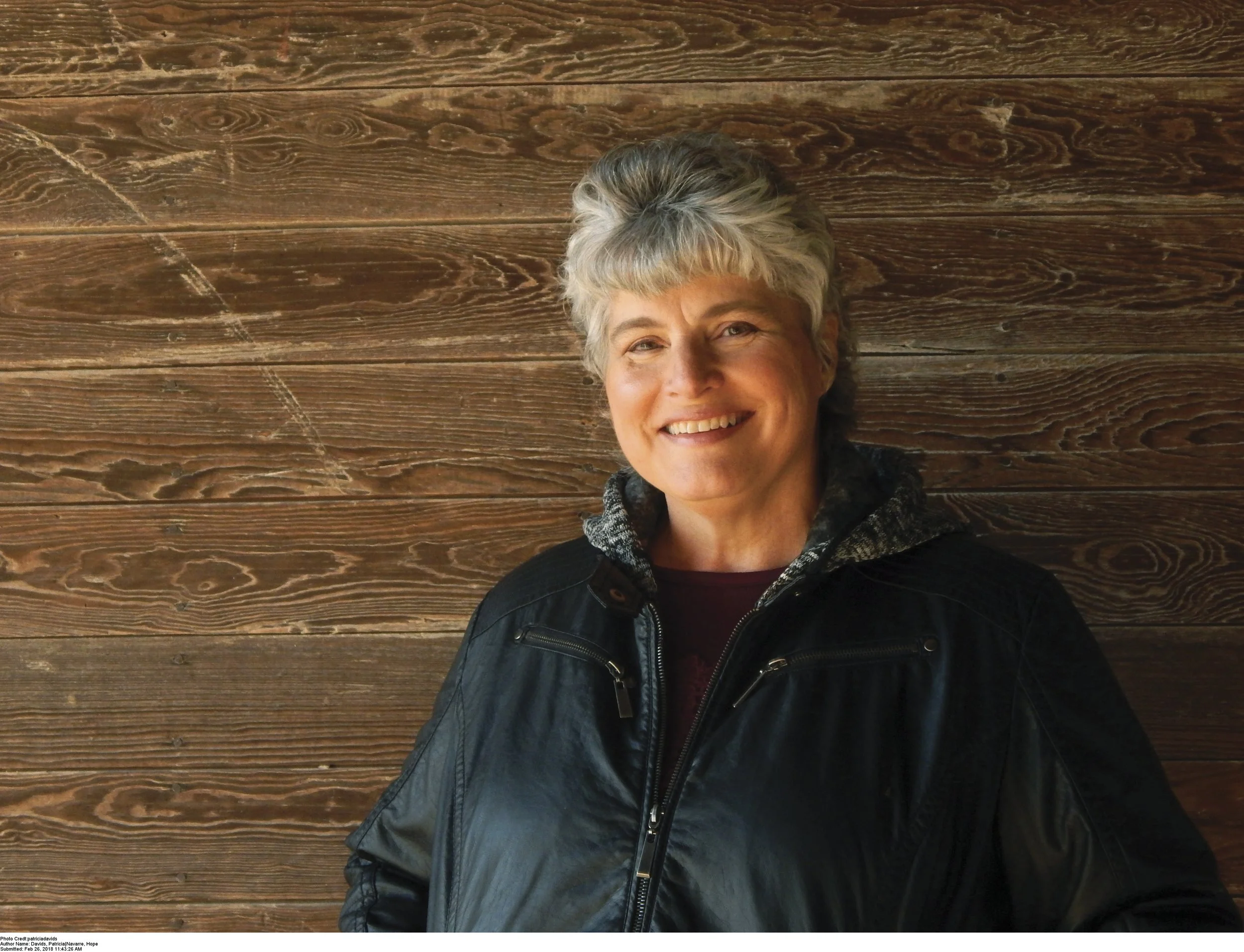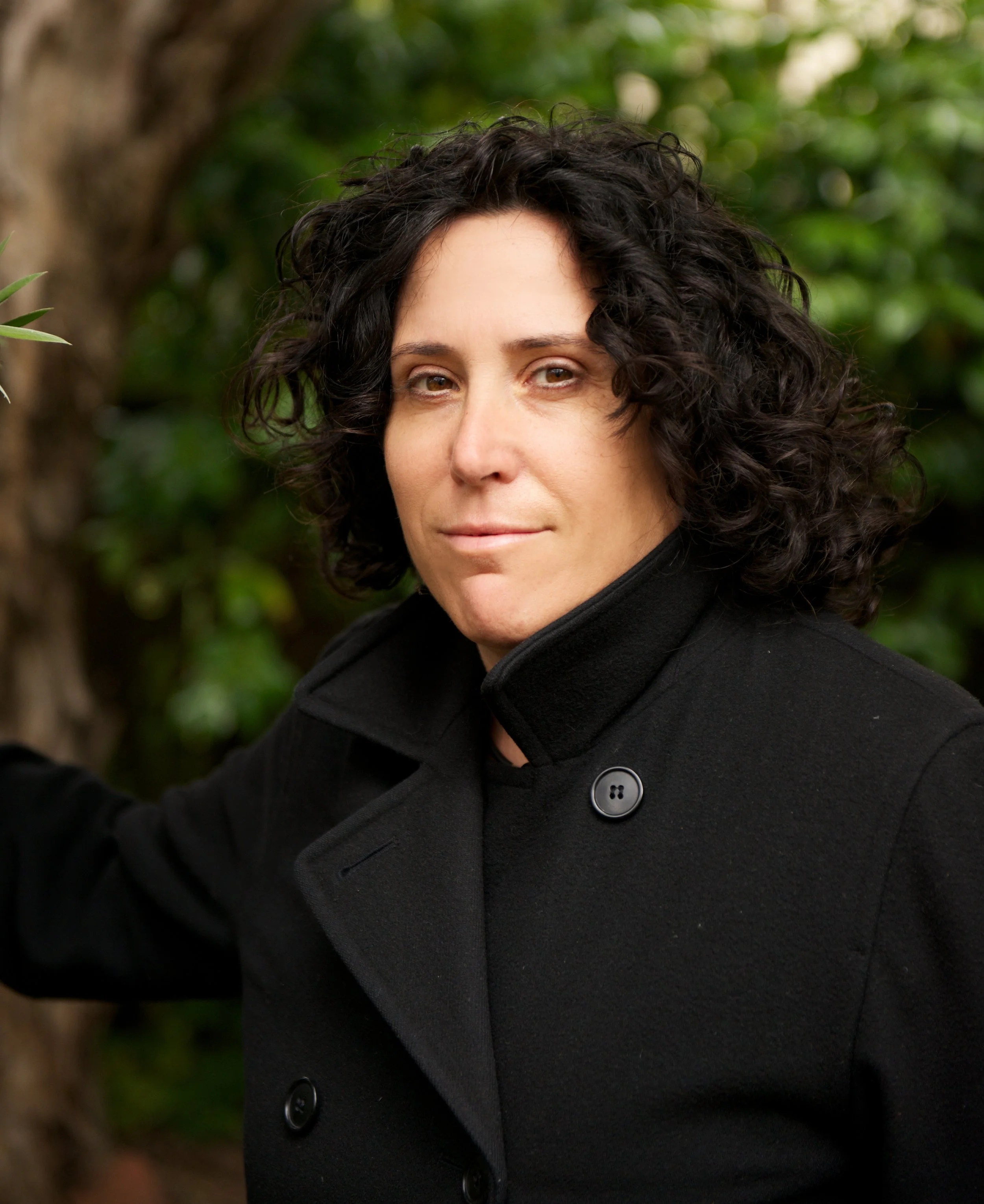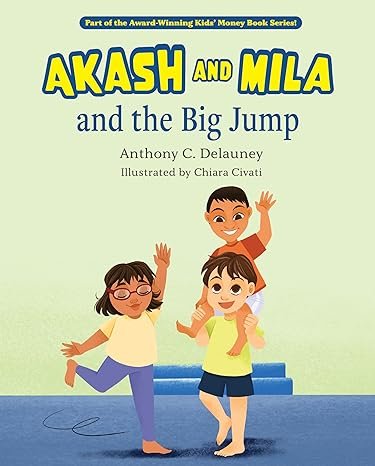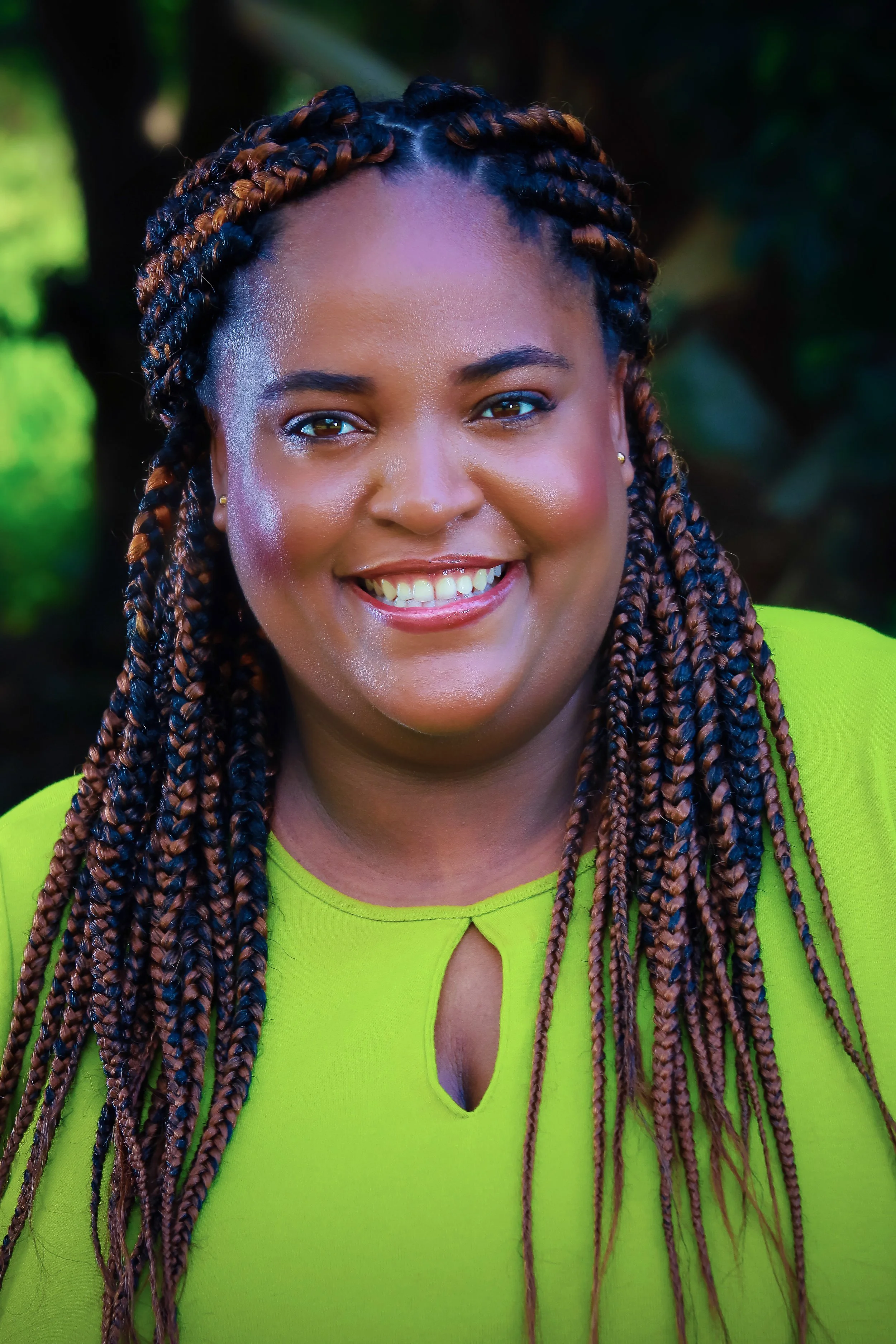Behind the Benefits of Journals by Mariëlle S. Smith, 365 Days of Gratitude Journal
/Do you find journals help people in their daily life?
I believe journaling can be utterly transformative, depending on the shape our journaling practices take.
It’s one thing to just write down our daily thoughts, worries, or gratitudes—and that’s already a helpful thing in itself. Picking up those daily thoughts, worries, or gratitudes once in a while to reflect on what we’ve written down earlier, that’s when journaling has the potential to change lives.
Taking the time to ponder what those entries are telling us is how we figure out not just patterns of behaviour but also why certain patterns keep showing up. It allows us to get to the bottom of what’s going on in our lives, which is where we need to arrive at if we want real change to occur.
And a lot of us don’t. Not really. That’s why so many of us feel reluctant to give it a real try, to fully commit to the practice. It’s why I was anti journaling for years before I finally gave it an honest go.
Let me tell you the story of how I got to that point. If you own a copy of my 52 Weeks of Writing Author Journal and Planner, you’ve heard this one before.
When I wrote the introduction to that journal, which was the first journal I ever published, I was sitting at my desk in my sea-view apartment on the coast of Cyprus, a small island in the middle of the Mediterranean Sea. In the meantime, I’ve moved to a bigger apartment, and I’m writing these words sitting on my new veranda, looking at the hills that surround that same coastal village.
Every day, I get to do what I love—I write, and, as an editor and writing coach, I help other writers do the same. I have the most supportive partner and a community that believes in me a hundred per cent. To top it off, I’ve published twenty books in six languages since I started journaling.
You guessed it right: my life wasn’t always like this. In fact, five years ago, it looked nothing like it.
About a decade ago, when I first began to realise something wasn’t quite right about the way I was living my life, I took up yoga, hoping it would return me to myself enough to figure out what was wrong and how to change it.
With every new teacher I encountered, the same questions came up: How was my meditation practice? My breathing? Did I do any journaling?
No. No, I did not. No meditation, no journaling, and, let’s face it, I wasn’t breathing properly either.
I’ve embraced many yogic principles since I started doing yoga, but anything to do with sitting still, being mindful, and allowing thoughts to surface? That I avoided at all costs.
There’s always a reason why we avoid things, and my reason was that I was afraid to uncover the truth about why I wasn’t happy. With myself, my day job, my relationship at the time, my writing, how my freelance business was doing.
I kept telling myself I was content, and that being content was good enough. It took me years to figure out I wasn’t even that: I was uncomfortably numb. I was at a The National concert with a friend in 2017 when I suddenly felt so alive, listening to one of my favourite bands while being surrounded by such an energetic crowd, it hit me how dead inside I felt on other days.
That concert became my turning point. I bought a brand-new journal and started writing. I had journaled before in my life, years ago, and it had always felt like such a useless exercise. What’s the point of putting pen to paper if it doesn’t change anything?
They say writing it down—like saying it aloud—makes it real, but we underestimate how easy it is to forget what we’ve spelled out. Especially when there’s something at stake, like us being afraid to leave our uncomfortable comfort zones or face some cringeworthy truths about ourselves.
Having become aware that just writing my worries down wasn’t going to help me—it hadn’t before—I decided to free write every morning, reflect on what came up, and then write about that.
And so I did. Within the next twelve months, I quit my day job, ended my relationship, and moved countries to focus on my writing, editing, and coaching business and practice.
Now, I’m not saying I wouldn’t have gotten to this point without my journaling, but I know one thing to be true: if I hadn’t bought that notebook the day after seeing The National and started journaling like I meant it, I wouldn’t have gotten where I am now this fast.
So yes, I absolutely think journals can help people in their daily lives, because there’s nowhere for the truth to hide once we stop running from ourselves and start reflecting on what’s going on. That’s why all my journals, whether they’re for writing or gratitude, come with a reflection section. It’s the key to true transformation, I know that now.
If you are interested in getting a copy of her book, you can get your copy of 365 Days of Gratitude Journal on Amazon.
Author Information:
Mariëlle S. Smith is a writer, writing coach, and editor. She lives in Cyprus, where she organises private writer's retreats, is inspired 24/7, and feeds more stray cats than she can count.
Connect:
Website: https://mswordsmith.nl
Facebook: https://www.facebook.com/mswordsmith
Blog: https://mswordsmith.nl/blog
Goodreads: https://www.goodreads.com/author/show/18455235.Mari_lle_S_Smith
Instagram: https://www.instagram.com/mariellessmith
Other(s): https://www.youtube.com/channel/UCtnYOpjmj83mvMM2L348F1w






















































